Your cart is currently empty!
Tag: cannabis-science
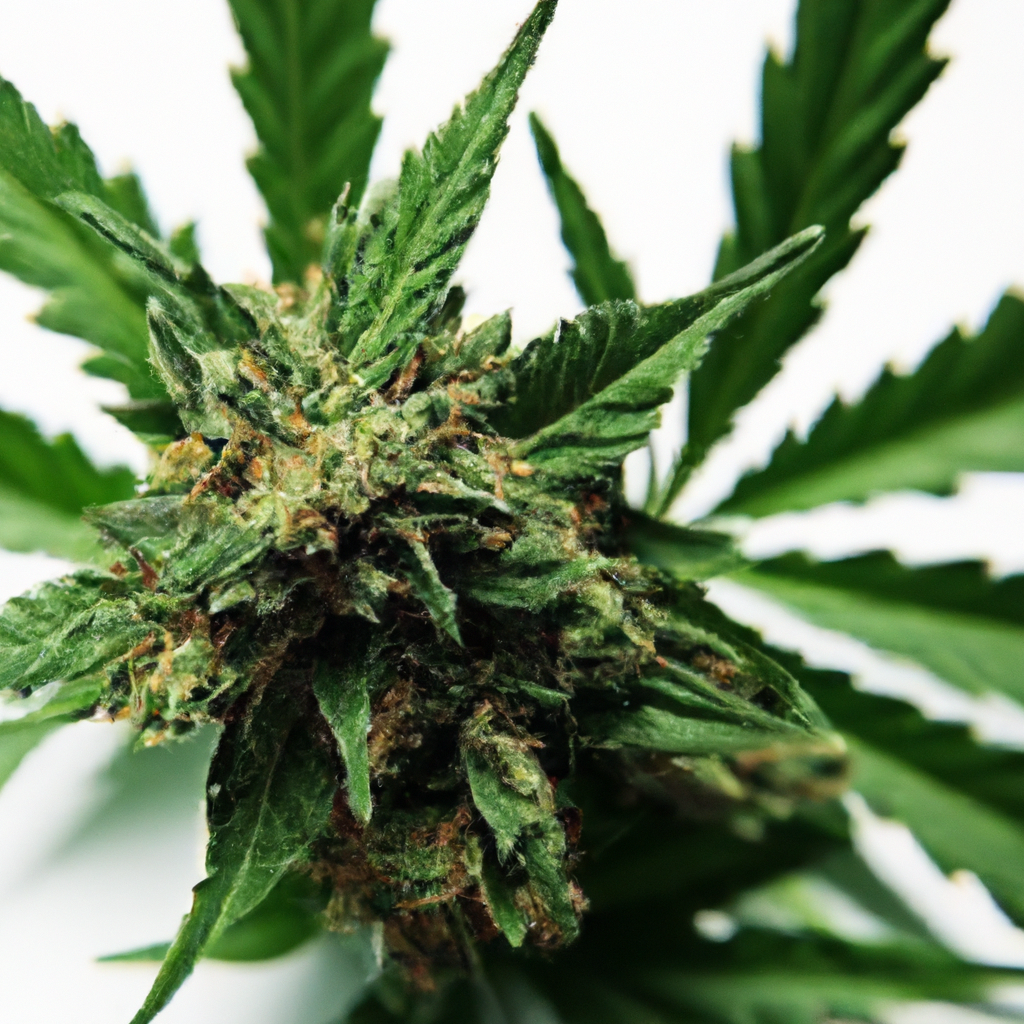
The relationship between cannabis and the brain is a growing area of research, with changing legal landscapes making it crucial for both consumers and healthcare professionals to understand cannabis’ effects. This article explores how THC and CBD, the primary cannabinoids, interact with the brain’s endocannabinoid system, examining both potential therapeutic benefits and risks. Cannabis may…
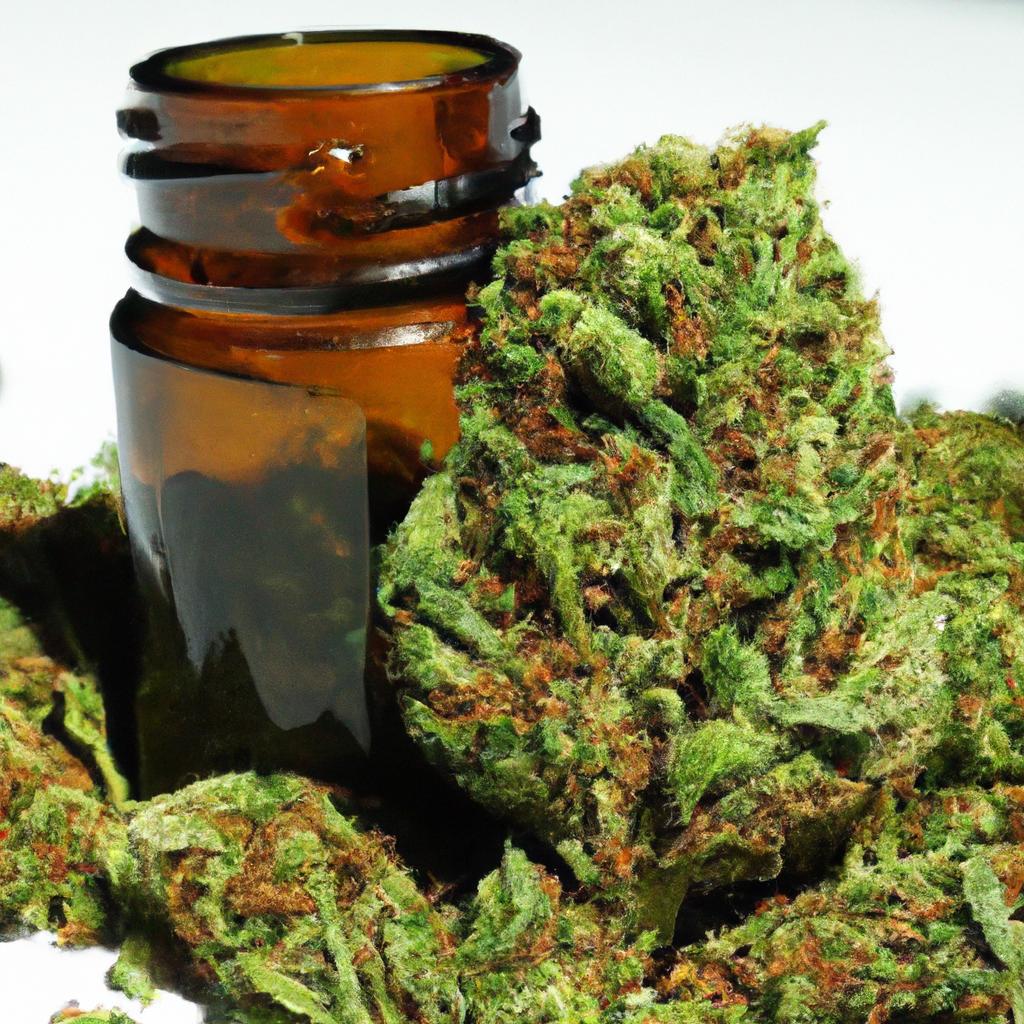
As the wellness industry evolves, cannabis is increasingly being integrated into self-care routines. This blog post explores how cannabis, with its historical roots in medicinal practices, offers health benefits like pain management, anxiety relief, and improved sleep. Practical tips for incorporating cannabis into wellness regimes include starting with low doses, choosing appropriate strains for specific…
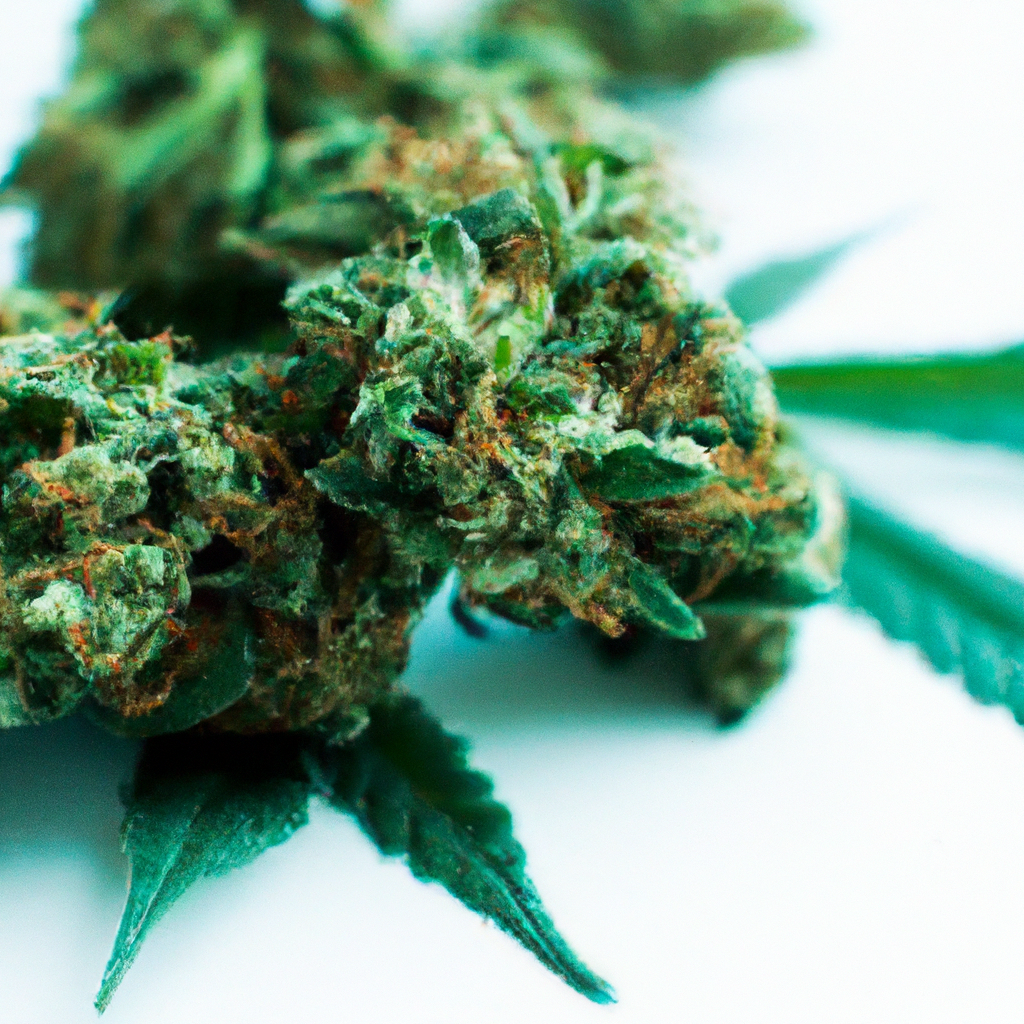
Explore the complex relationship between cannabis and anxiety, highlighting current research and its therapeutic potential. Discover the distinct roles of THC and CBD, their interactions with the endocannabinoid system, and varied research findings on their efficacy for anxiety relief. Key recommendations for those considering cannabis include consulting healthcare professionals, starting with low doses, opting for…
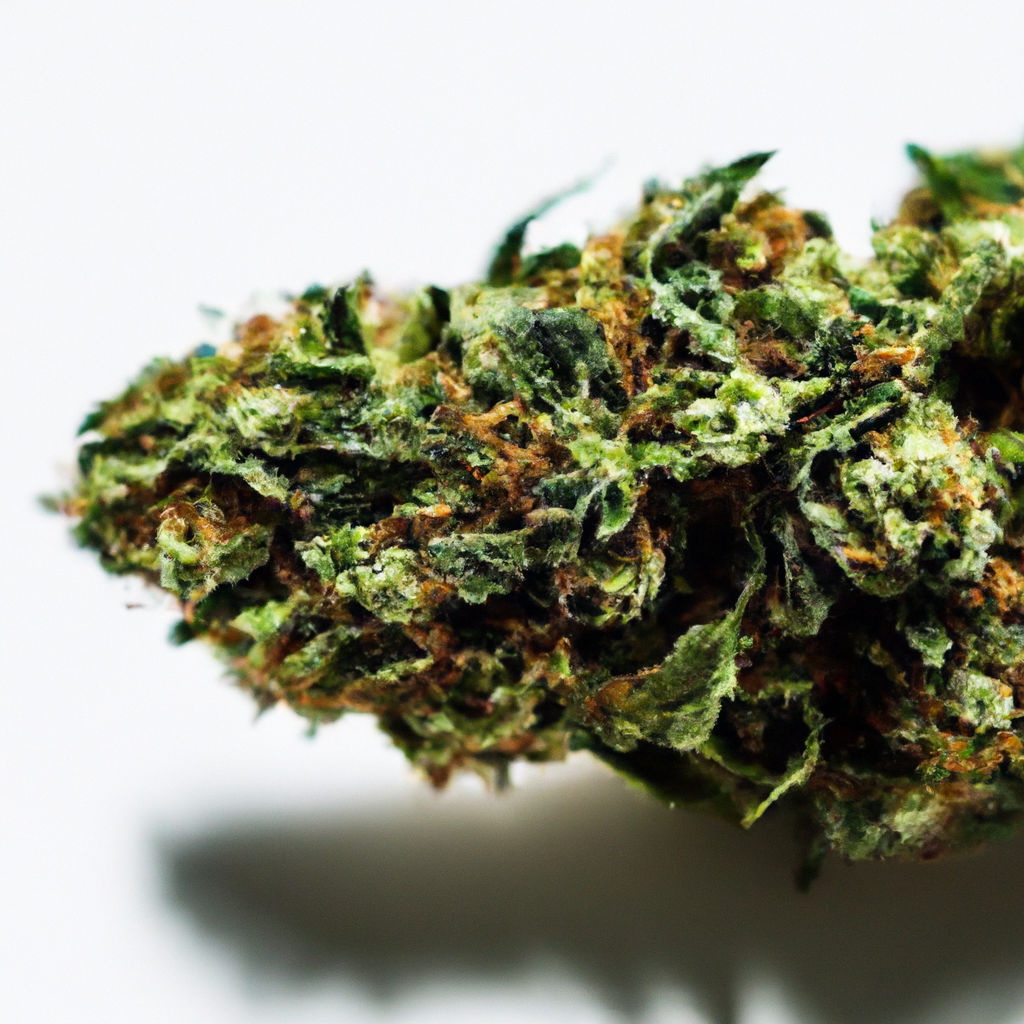
In recent years, cannabis has been recognized for its potential to enhance social experiences, alongside its medicinal benefits. By interacting with the brain’s endocannabinoid system, cannabis can promote feelings of euphoria and disinhibition, making social engagement easier. It may reduce inhibitions, increase empathy, and foster camaraderie among users. Choosing the right strain is critical, with…
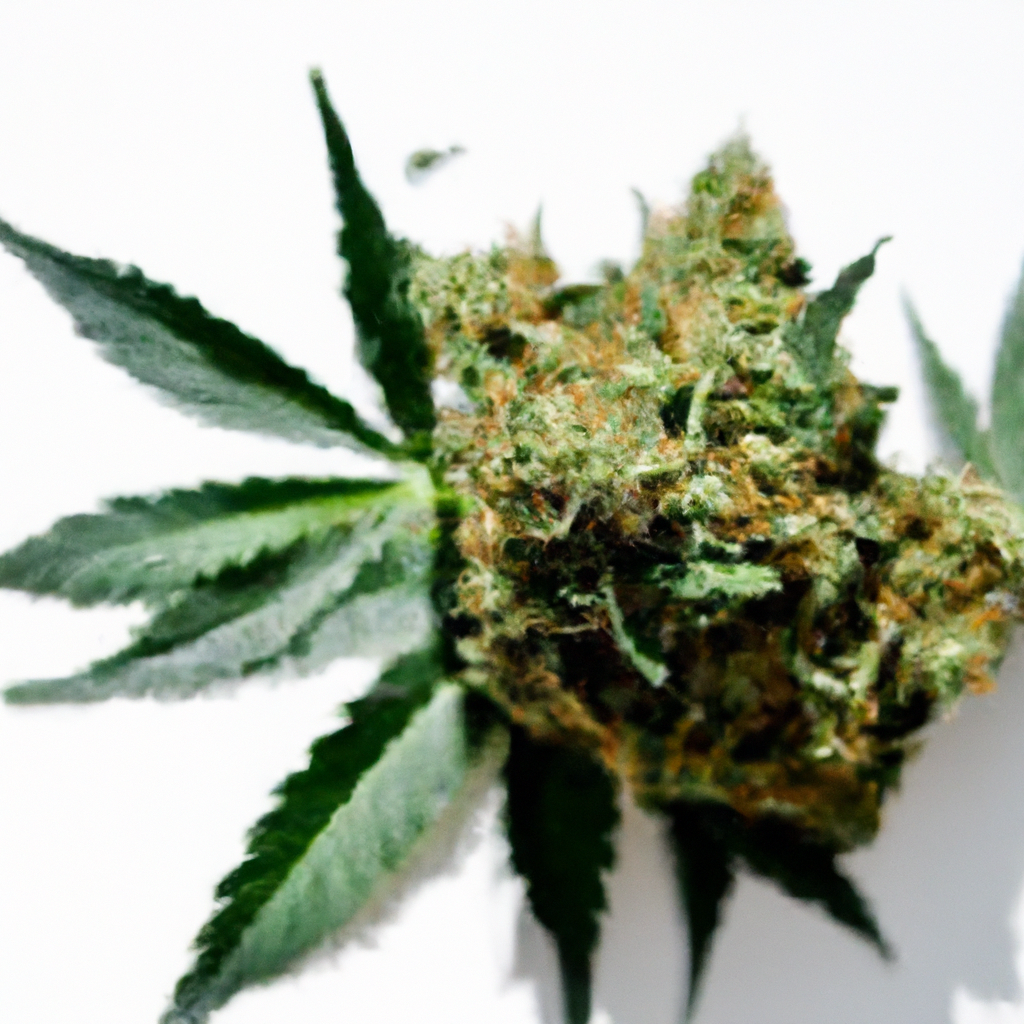
Cannabis is increasingly recognized for its potential to manage anxiety through its interaction with the brain’s endocannabinoid system. Key cannabinoids, THC and CBD, have varying effects on anxiety, with CBD known for its calming influence. For those considering cannabis for anxiety relief, selecting the right strain is critical, with options like Northern Lights and ACDC…
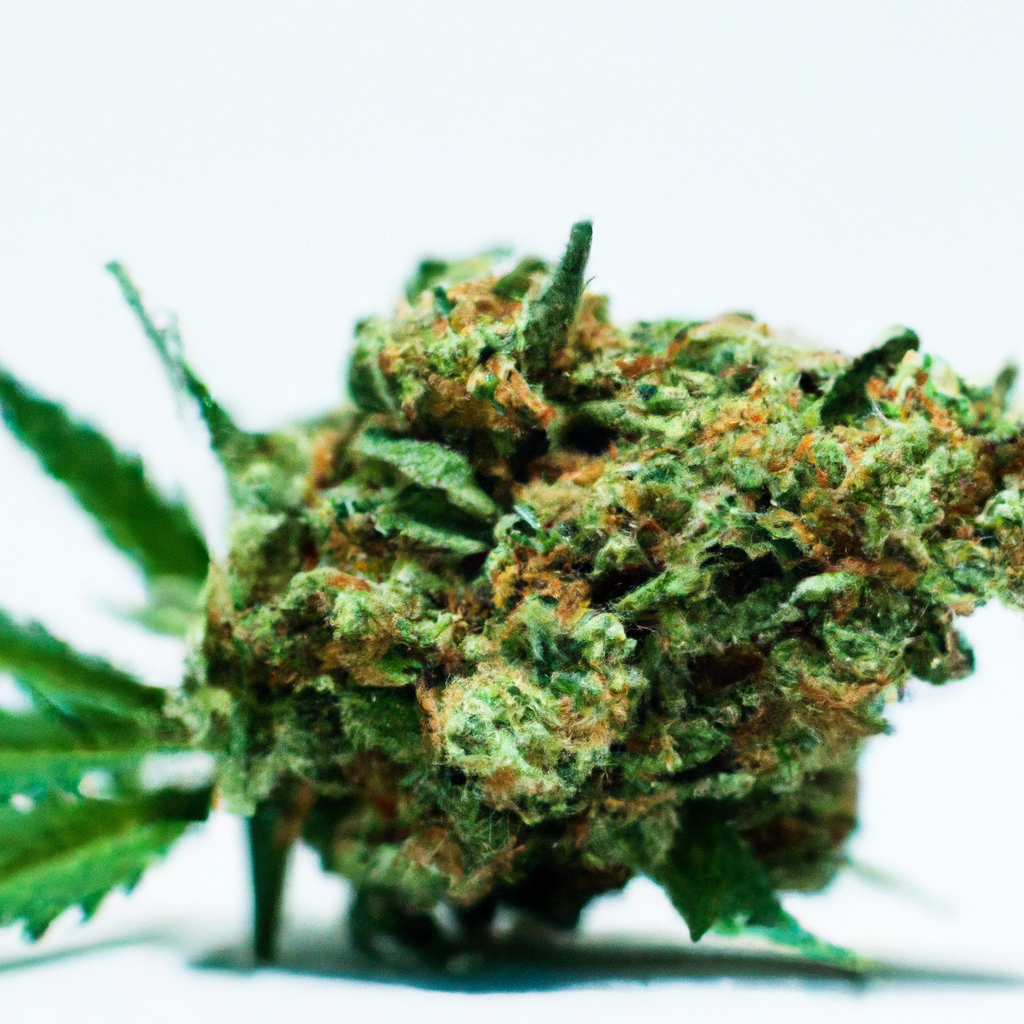
The blog post explores the growing interest in cannabis and its potential impact on cognitive wellness, highlighting promising research into its neuroprotective and anti-inflammatory properties. It examines how cannabinoids, particularly CBD, might protect neurons and slow the progression of neurodegenerative diseases, potentially improving memory and cognitive functions by interacting with the brain’s endocannabinoid system. The…

As research progresses, the potential of cannabis in managing neurological disorders is becoming increasingly clear. This article explores how cannabinoids interact with the endocannabinoid system to influence conditions like epilepsy, multiple sclerosis, and Parkinson’s disease. THC and CBD offer diverse benefits, from pain relief to neuroprotection. While cannabis shows promise, its use should be guided…
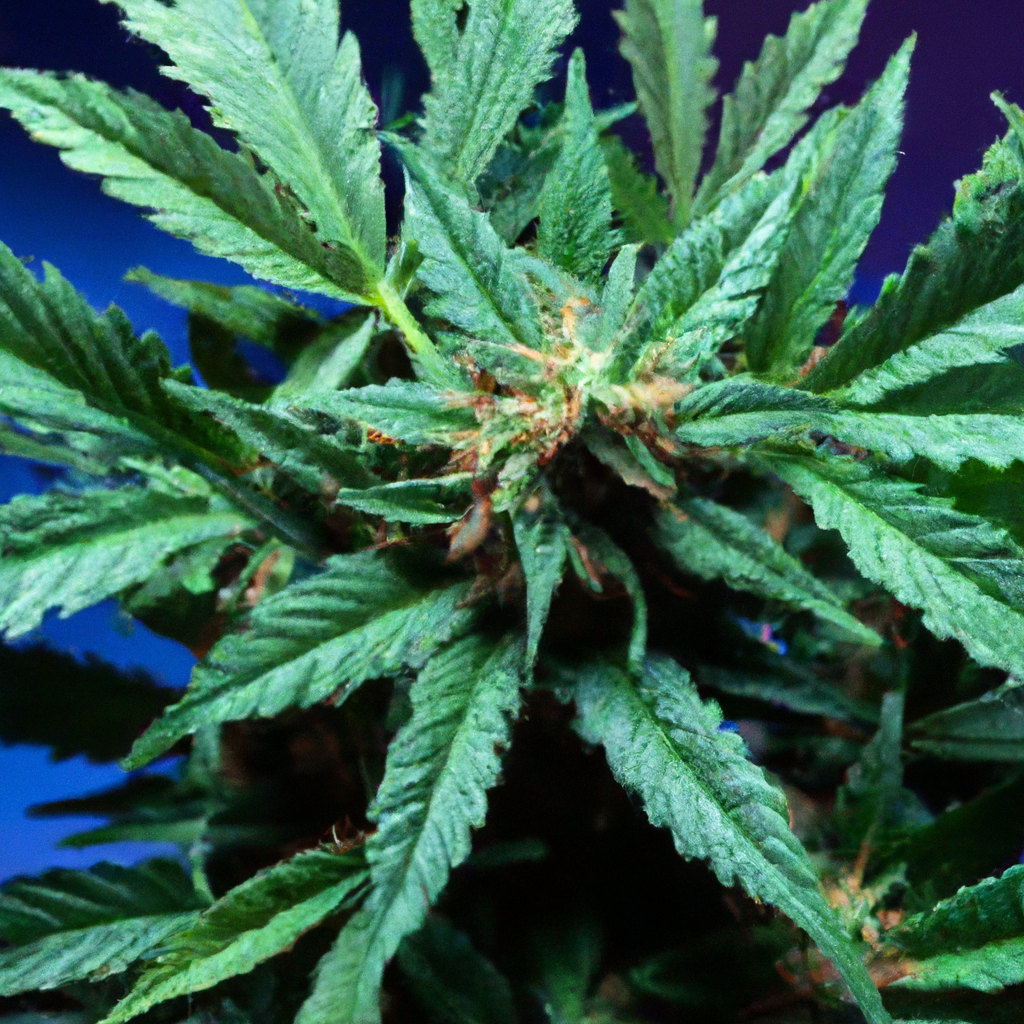
Effective light management is crucial for optimal cannabis growth and yield, especially in indoor settings. This article delves into the science behind how light, in terms of spectrum, intensity, and duration, affects cannabis. It highlights the benefits of blue and red light, and provides guidance on light schedules for different growth stages. Innovations in lighting…
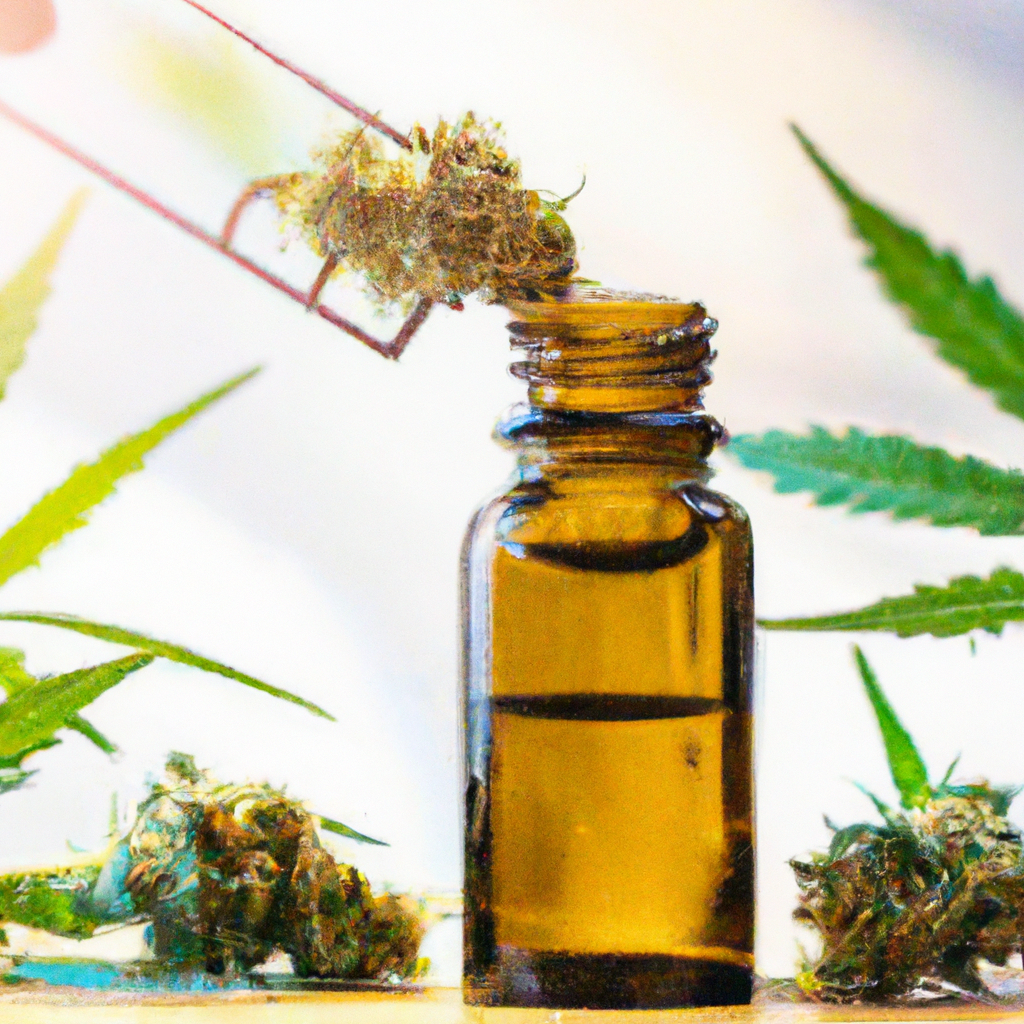
The distinctive aroma of cannabis, deeply rooted in the plant’s chemical makeup, is a major focus for consumers, researchers, and cultivators. This blog post explores how terpenes—aromatic compounds in cannabis—are responsible for its unique scents and how they influence flavor and user experience. Key terpenes such as myrcene, limonene, pinene, and linalool are highlighted for…
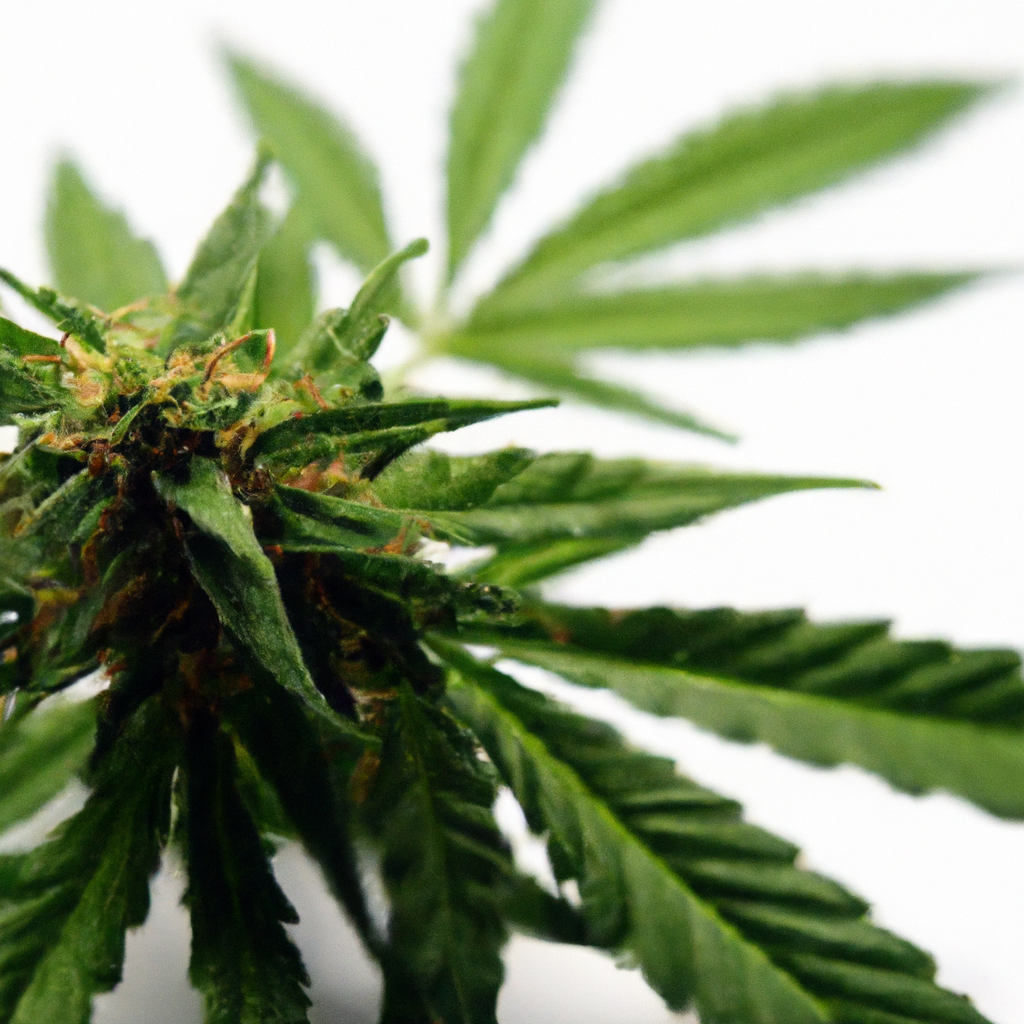
Discover how cannabis is emerging as a key player in healthcare due to its potential health benefits, backed by scientific research. This post explores cannabinoids like THC and CBD, which interact with the body’s endocannabinoid system, helping regulate various functions such as sleep and mood. Cannabis shows promise in pain management, anti-inflammatory effects, mental health…
